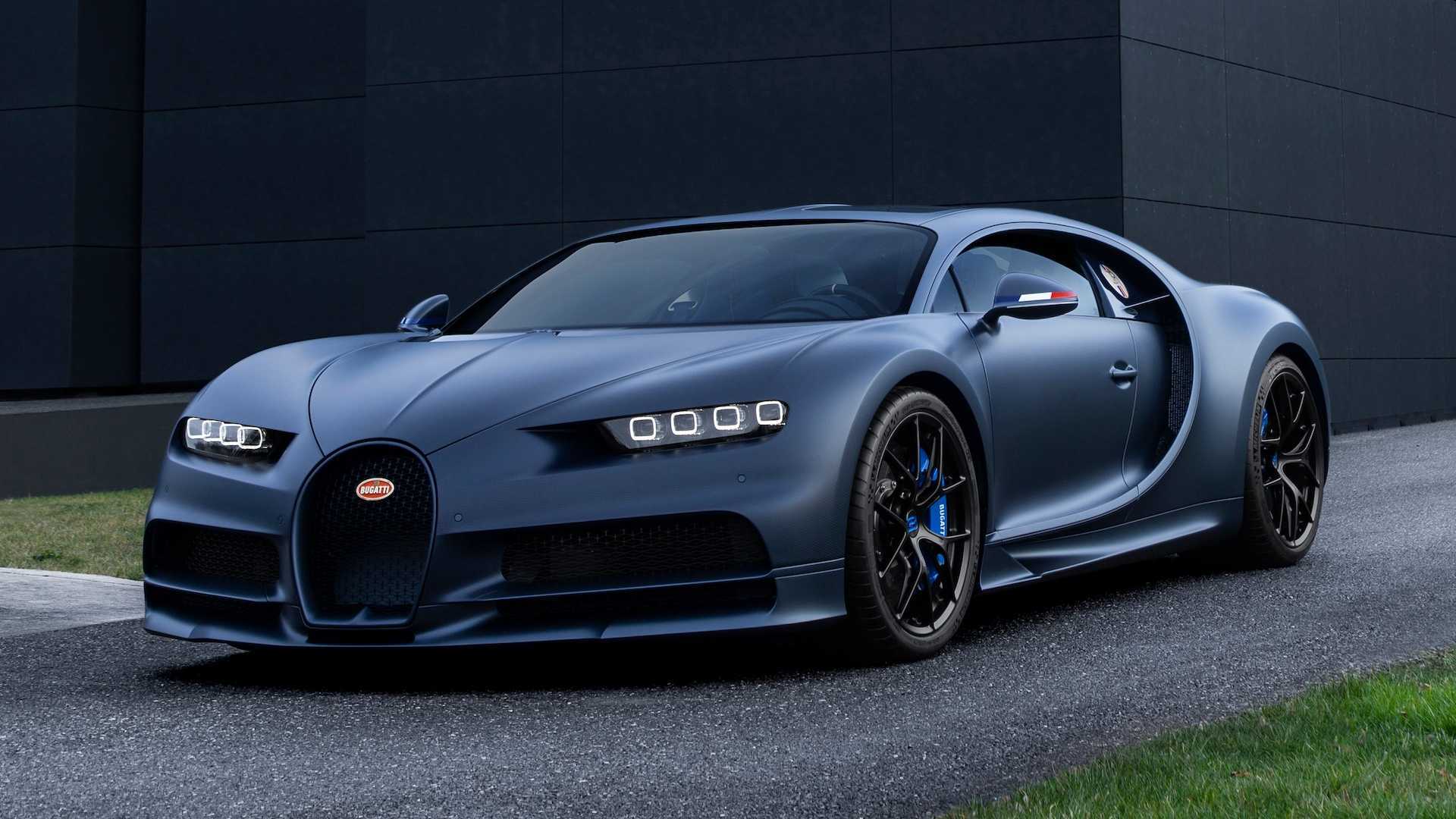Bugatti La Voiture Noire Price, Specs, Photos, & Review
La Voiture Noire History


The original car was produced back in 1936
Although it may seem like "la voiture noire" was just invented by Bugatti’s PR team so it can have a fancy name to wave around, it actually dates back to the Atlantic from the 1930s. A version of the Type 57, the Atlantic is actually a generic name given to a run of five vehicles that were called either Aerolithe, Aero Coupe, and Atlantic Coupe, while also featuring 57 S or 57 SC badges.
It all started with the Aerolithe prototype of 1935 and continued with four production models finished in 1936 and 1938. Each of them were created individually for specific customers and had different details. Three or them are still in existence, but the fourth car disappeared before the German invasion of Alsace during World War II and it’s nowhere to be found, despite 80 years of efforts to uncover it.

It all started with the Aerolithe prototype of 1935 and continued with four production models finished in 1936 and 1938. Each of them were created individually for specific customers and had different details. Three or them are still in existence, but the fourth car disappeared before the German invasion of Alsace during World War II and it’s nowhere to be found, despite 80 years of efforts to uncover it.

The La Voiture Noire vanished in 1941

The vertical windshield wipers simulate the Atlantic's split-window design

The big diffuser that incorporates four vertical fins and no fewer than six exhaust pipes

The reshaped cabin and side skirts also make the car look a bit longer. Unlike the Chiron and the Divo, which look like full-fledged hypercars, the La Voiture Noire looks a bit like a grand tourer. Oh, it also looks like a squashed Chevrolet Corvette.
The car’s rear fascia is also unique. Although it doesn’t have the Divo’s race-inspired wing and vertical fin, it’s just as aggressive. Responsible for the menacing look is the big diffuser that incorporates four vertical fins and no fewer than six exhaust pipes. This layout is also a tribute to the Atlantic, as is the fin that descends from the roof toward the deck lid. The arched engine hood also simulates the boat-tail design of the Atlantic. The fascia is pretty much a massive grille with a thin red stripe acting as taillights. This stripe extends from one corner to the other in a wave-like pattern. A big wing-like element sits above the diffuser, splitting the rear fascia into three distinct areas and creating a double-diffuser effect.
The carbon-fiber body is painted in gloss black, but the fiber is still visible on some areas, including the diffuser, bumpers, side skirts, and the splitter.




















